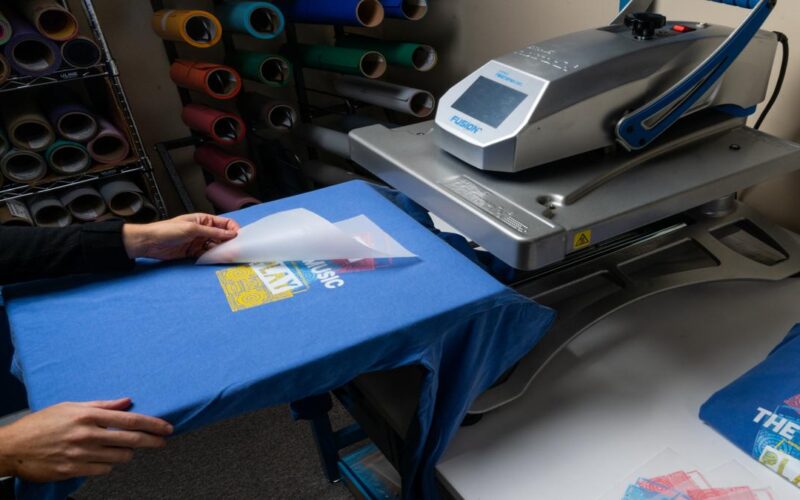Offering a flexible, quick, and high-quality alternative for apparel decorating, Direct to Film (DTF) transfers have transformed the custom printing sector. Although the process is really simple, beginners and even expert printers sometimes make frequent mistakes that can affect the quality and lifetime of the finished output. These are some main errors to prevent with dtf transfers.
- Using the wrong film or ink for the transfer process is among the most often occurring errors. For best results, DTF transfers call for specific film and ink. Generic films or standard printing inks may not have the correct adhesion or brightness, which would produce poor prints. Always be sure you are utilizing DTF-specific materials meant for high heat transfer uses. This guarantees your fabric’s adherence, durability, and best color accuracy.
- A good DTF transfer depends much on heat and pressure. Either too much or too little heat might cause uneven adhesion, peeling, or fading of artwork. Inaccurate pressure settings can also result in either improper bonding or loss of texture and brightness in the design. Based on the kind of fabric and print size, always follow the manufacturer’s advised heat and pressure settings. Test runs on spare materials can prevent expensive errors.
- Although DTF works nicely on many different kinds of fabrics, not every material is compatible. Certain fabrics—especially those with delicate textures or heat-sensitive qualities—may not react well to the high temperatures needed for DTF transfers. Make sure the fabric you’re using can resist the heat press and the DTF film will stick correctly to it before beginning a project. If you’re not sure, checking a tiny piece of fabric will assist prevent spoiling a full batch.
- Another common mistake influencing the final result is skipping the pre-press phase. Pre-pressing your garment helps eliminate any moisture or creases that can impede the bonding process. The transfer might not adhere as effectively without pre-pressing, which would cause bubbling, peeling, or less than ideal finish. Pre-pressing a few extra seconds guarantees a greater adherence for the transfer and a smoother surface.
Inappropriate storage can damage your dtf transfers before they are ever used once you have printed and ready them. Extreme temperatures, moisture, and dust can break down the film and ink, therefore lowering its usefulness in application. To preserve DTF transfers’ quality until you’re ready to use them, always keep them cold, dry and shield them from direct sunlight. Although DTF transfers present a great chance for producing vivid and robust designs, simple errors can cause annoyance and waste of resources.

